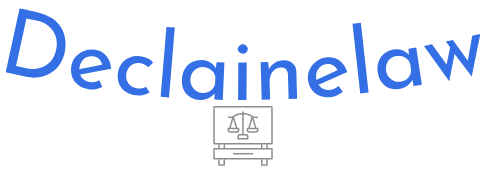Sub Heading: The Significance of Understanding Slip and Fall Liability
Slip and fall accidents can happen unexpectedly, causing injuries and raising questions about liability. Understanding the legal aspects of slip and fall liability is crucial for individuals, property owners, and businesses alike. In this article, we delve into the nuances of slip and fall liability to provide valuable legal insights.
Sub Heading: Defining Slip and Fall Liability
Slip and fall liability refers to the legal responsibility of property owners or managers when someone is injured due to a slip, trip, or fall on their premises. This liability is based on premises liability laws, which require property owners to maintain safe conditions and warn visitors about potential hazards.
Sub Heading: Types of Slip and Fall Cases
Slip and fall cases can vary widely, from accidents in public places like supermarkets or restaurants to incidents on private property such as residential homes or commercial buildings. Common causes of slip and fall accidents include wet floors, uneven surfaces, inadequate lighting, and obstacles in walkways.
Sub Heading: Legal Principles of Slip and Fall Liability
To establish liability in a slip and fall case, certain legal principles must be considered. These include proving that the property owner was negligent in maintaining safe premises, that the negligence caused the accident, and that the victim suffered injuries as a direct result of the accident.
Sub Heading: Duty of Care
Property owners owe a duty of care to visitors, which varies depending on the type of visitor. For example, they have a higher duty of care to invitees (such as customers) compared to trespassers. This duty includes regularly inspecting the property for hazards, fixing dangerous conditions promptly, and providing warnings when necessary.
Sub Heading: Contributory Negligence
In some slip and fall cases, the victim’s own negligence may contribute to the accident. This concept of contributory negligence can affect the outcome of the case, as the court may assign a percentage of fault to both the property owner and the injured party.
Sub Heading: Gathering Evidence
In slip and fall cases, evidence plays a crucial role in determining liability. This includes documenting the accident scene, obtaining witness statements, collecting medical records, and preserving any relevant surveillance footage or maintenance logs from the property.
Sub Heading: Legal Options for Victims
Victims of slip and fall accidents have legal options to seek compensation for their injuries and damages. This may involve filing a personal injury claim or lawsuit against the negligent property owner or seeking a settlement through negotiations or alternative dispute resolution methods.
Sub Heading: Role of Legal Representation
Navigating slip and fall liability cases can be complex, requiring legal expertise and advocacy. Hiring a skilled personal injury attorney familiar with premises liability laws can greatly benefit victims by ensuring their rights are protected, building a strong case, and negotiating fair settlements on their behalf.
Sub Heading: Preventative Measures for Property Owners
Property owners and managers can take proactive measures to prevent slip and fall accidents and reduce liability risks. This includes implementing safety protocols, conducting regular inspections, addressing hazards promptly, providing adequate warnings, and training staff on safety procedures.
Sub Heading: Conclusion
Understanding slip and fall liability is essential for all parties involved to ensure accountability, promote safety, and protect legal rights. By applying legal insights and taking preventative measures, individuals and property owners can contribute to creating safer environments and minimizing the occurrence of slip and fall accidents. Read more about slip and fall liability

